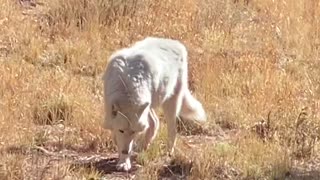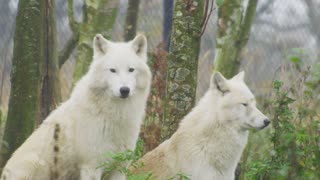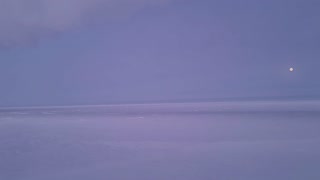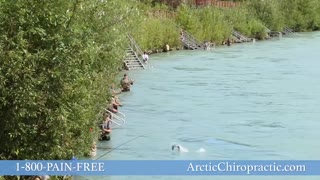This Time-Lapse Video Shows The Disappearing Of The Arctic Polar Ice Cap
Every year, sea ice forms in the winter and melts in the summer and every year the Arctic sea ice reaches its biggest size in March. Each frame of this time-lapse is one day. The sea ice that survives the melt season thickens with each passing year: newly formed ice grows to about 3 to 7 feet of thickness during its first year, while multi-year ice (sea ice that has survived several melt seasons) is about 10 to 13 feet thick. The older and thicker ice is more resistant to melt and less likely to get pushed around by winds or broken up by waves or storms.
In this time-lapse, <a href="https://rumble.com/v30edz-arctic-sea-ice-dips-to-record-low-nasa.html" target="_blank">Arctic sea ice</a>, the vast sheath of frozen seawater floating on the Arctic Ocean and its neighboring seas, has been hit with a double whammy over the past decades: as its extent shrank, the oldest and thickest ice has either thinned or melted away, leaving the sea ice cap more vulnerable to the warming ocean and atmosphere.
Replacing this thicker, harder old ice with young ice, which is generally thinner and melts more easily, is also contributing to the steep decline in summer sea ice extent and could trigger a feedback loop. That's because less ice means more dark ocean water is exposed to the sun, which absorbs more of the incoming sunlight than white ice. That means warmer waters, which could, in turn, mean even less old ice and ice cover with each passing year.
Sea ice covers about seven percent of the Earth. In <a href="https://rumble.com/v3ew4g-giant-iceberg-breaks-off-antarctica.html" target="_blank">Antartica</a>, the ice grows as the other pole shrinks.
-
 0:45
0:45
dawnhalo
3 years agoArctic Wolves
2031 -
 0:30
0:30
Abdhiba555
3 years agoArctic white wolf
81 -
 0:30
0:30
arcticchiropt
3 years agoArctic Chiropractic Fishing
14 -
 0:30
0:30
arcticchiropt
3 years agoArctic Chiropractic Hockey
37 -
 0:30
0:30
arcticchiropt
3 years agoArctic Chiropractic Basketball
12 -
 0:30
0:30
arcticchiropt
3 years agoArctic Chiropractic Testimonial
16 -
 0:14
0:14
41Below
3 years agoArctic Ocean Alaska
411 -
 1:51
1:51
Lorcan
3 years ago $0.02 earnedMoon time-lapse
677 -
 0:30
0:30
arcticchiropt
3 years agoArctic Chiropractic Winter
26 -
 0:30
0:30
arcticchiropt
3 years agoArctic Chiropractic Summer
49